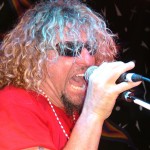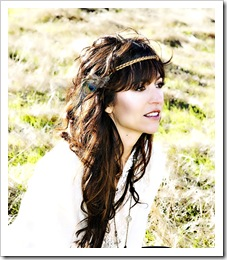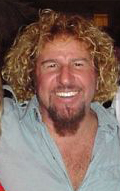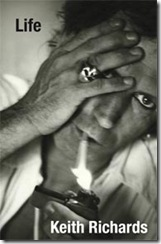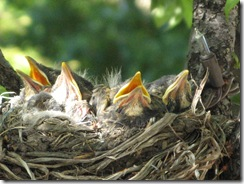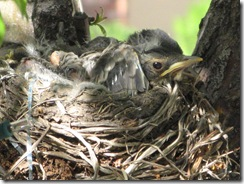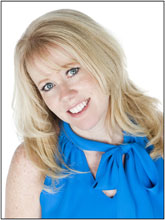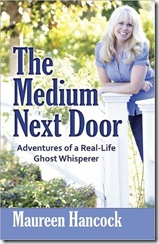Samuel Roy Hagar was born on October 13, 1947, the youngest of four children. He grew up in the small town of Fontana, California, where his father was a steel worker and bantamweight professional boxer. But his dad was also a relentless alcoholic, so Sammy’s mother was forced to accept odd jobs to help support the family, including picking fruit in the local orchards. Sammy and his siblings often helped with the backbreaking chores.
Although at the time, Fontana boys were expected to grow up and work in the steel plant as their fathers had done, Sammy wanted more out of life.
That was when Elvis Presley hit the scene. Sammy was hooked. He knew that was what he wanted to do with his life—to sing and play music. And he was determined to make it happen.
After playing in various local rock bands, Sammy became the lead singer for Montrose in 1973, with whom he recorded two successful records before he went solo, recording nine albums, including a side project in 1997 with a band called HSAS (Hagar, Schon, Aaronson and Shrieve). In 1985, he joined the legendary rock band Van Halen, replacing David Lee Roth as lead singer. With Hagar behind the mic, Van Halen recorded four albums, all of which went to number one on the Billboard charts. He also recorded a solo album at that time, “I Never Said Goodbye” on which Eddie Van Halen played bass.
In 1990, Sammy opened the Cabo Wabo cantina in Cabo San Lucas, Mexico; the other members of Van Halen initially investing in the project as well. But when the bar began to falter within a few years, Sammy held fast to his dream, bought out the Van Halen brothers and restructured the entire business. Under new management, the Cabo Wabo cantina sprang to life once again. It continues to host live shows from famous performers all over the world and Sammy is known to pop in once in a while himself, sometimes to perform and sometimes just to chill. He also owns a house in Cabo, to which he retreats whenever possible.
Around this time, Sammy also began brewing his own premium tequila, which he also called Cabo Wabo. And in 2006, Cabo Wabo tequila was declared the number two premium tequila in the world. In 2007, Skyy/Campari purchased the brand to help distribute it worldwide.
When the Van Halen band broke up in 1996, Hagar’s driving spirit pushed him ever forward, and he went on to form his own band, The Wabos. To date, he has recorded eight more albums with The Wabos. He also did a reunion tour with Van Halen in 2004, and in 2007, along with the other members of Van Halen, he was inducted into the Rock ‘N’ Roll Hall of Fame.
Sammy continues to record and tour with The Wabos and with Chickenfoot, a “supergroup” consisting of Hagar on lead vocals, guitar virtuoso Joe Satriani on lead guitar, Michael Anthony (formerly of Van Halen) on bass and Red Hot Chili Peppers’ Chad Smith on drums. Chickenfoot’s debut album, “Chickenfoot” was released in 2009, and was met with rave reviews from music critics. Their second album, “Chickenfoot III” is due for release this fall, 2011.
Sammy’s autobiography, Red: My Uncensored Life in Rock, was published in April 2011, chronicling his life from his meager beginnings on through the break-up of Van Halen to his current role in Chickenfoot. The book became a #1 New York Times best seller.
In addition to his restaurant/bar in Mexico, Hagar also owns several Cabo Wabo cantinas across the nation—one in Las Vegas and one in South Lake Tahoe, Nevada, where he performs regularly to sold-out crowds. He also owns “Sammy’s Beach Bar and Grill” restaurants in Maui, HI and St. Louis, MO. These establishments donate their profits to local charities. Sammy plans to expand these outlets in the near future.
He currently resides in the San Francisco Bay area with his wife, Kari, and daughters, Kama and Samantha. He also has two grown sons, Aaron and Andrew, from a previous marriage.
Who says one can’t accomplish anything one desires?
For more information, please visit http://www.redrocker.com or http://www.chickenfoot.us/

